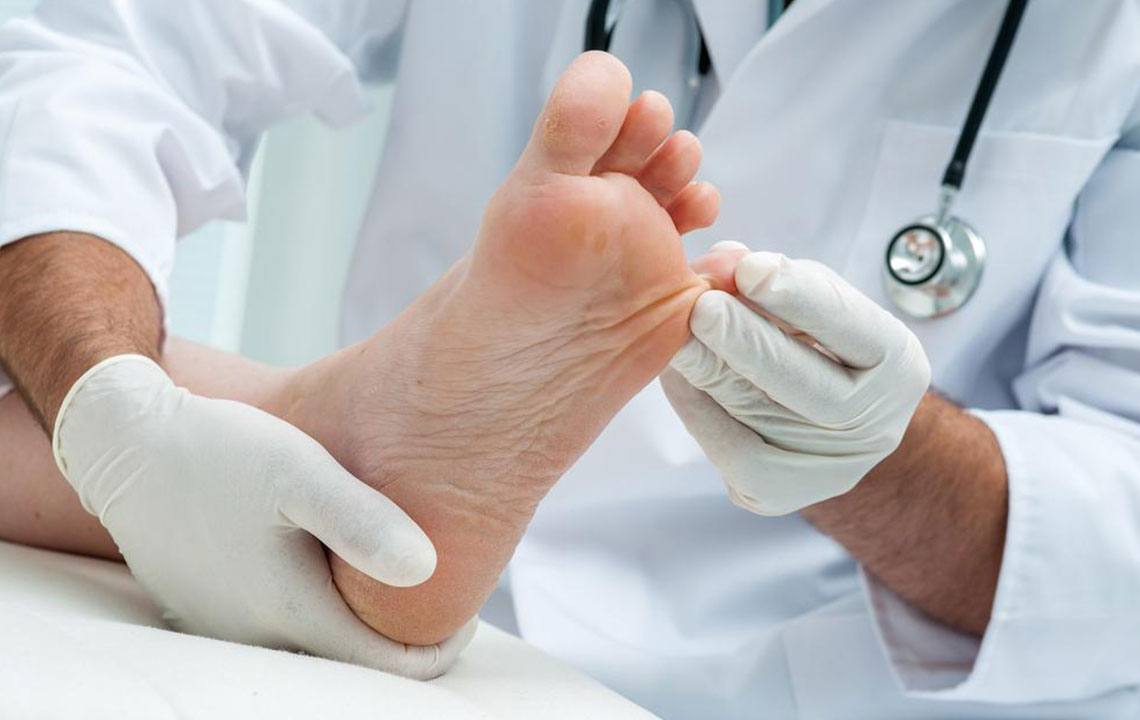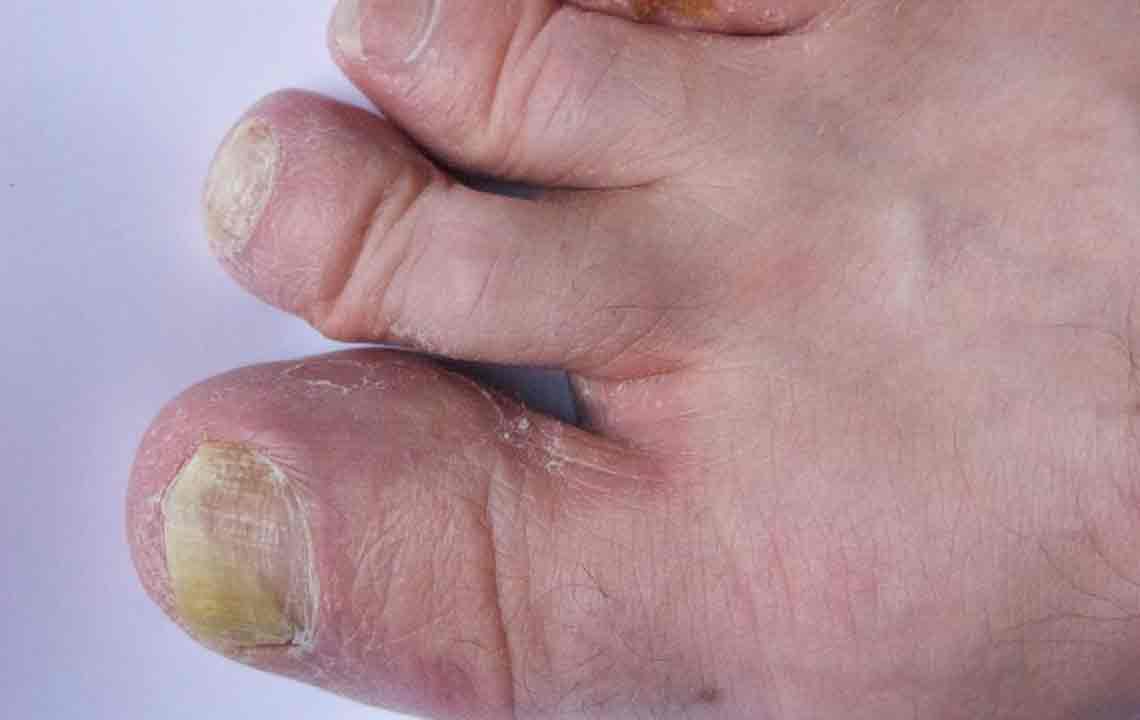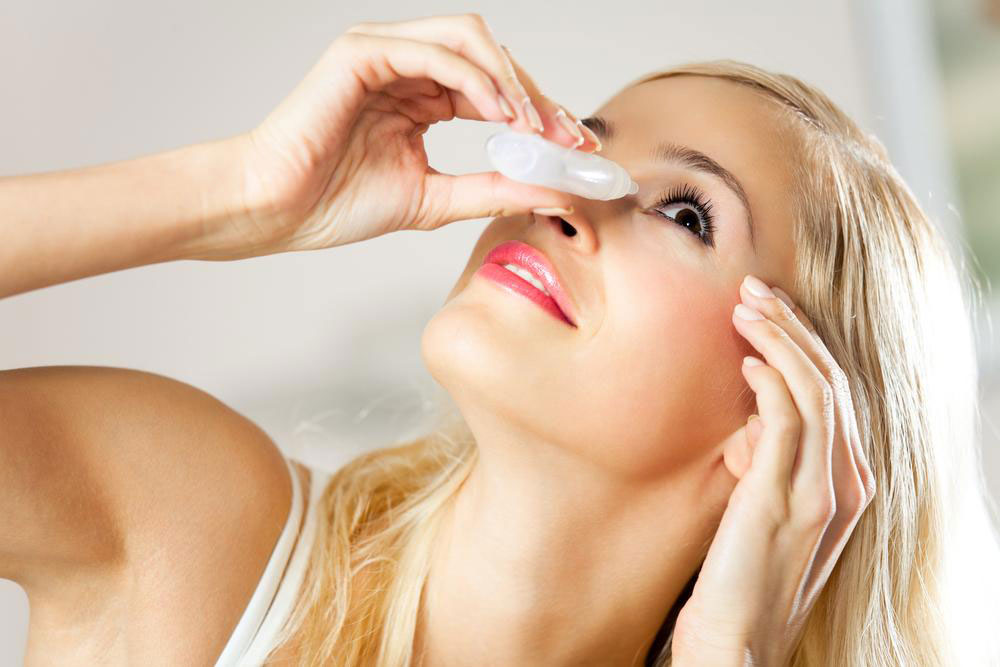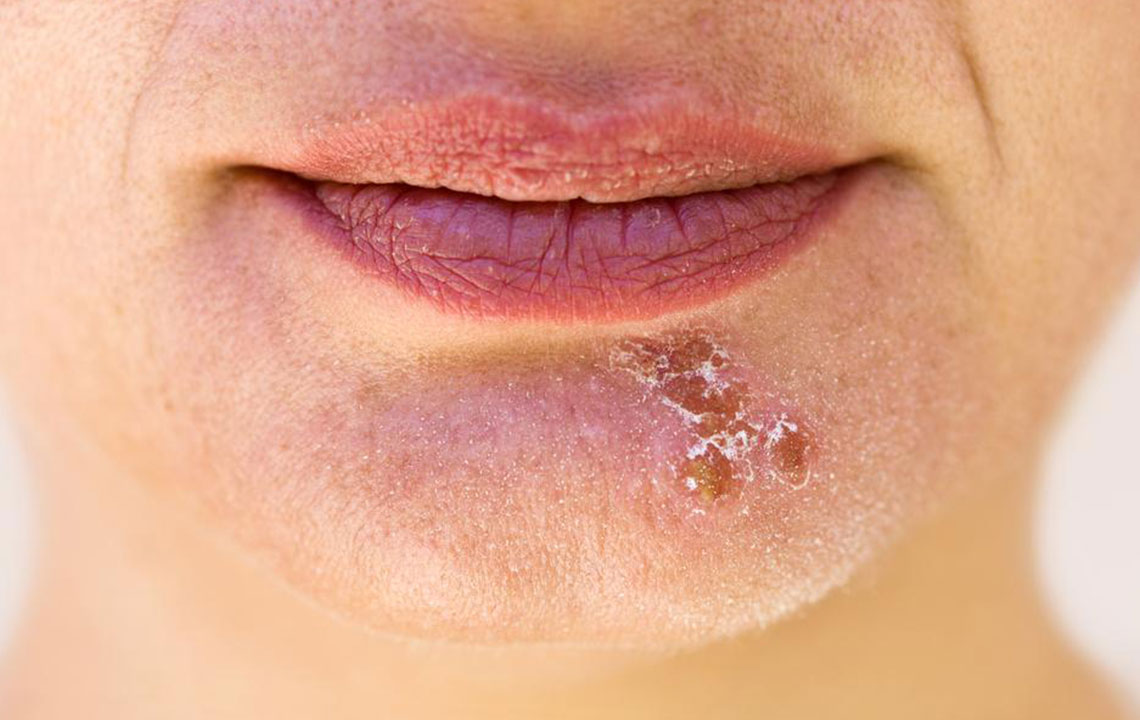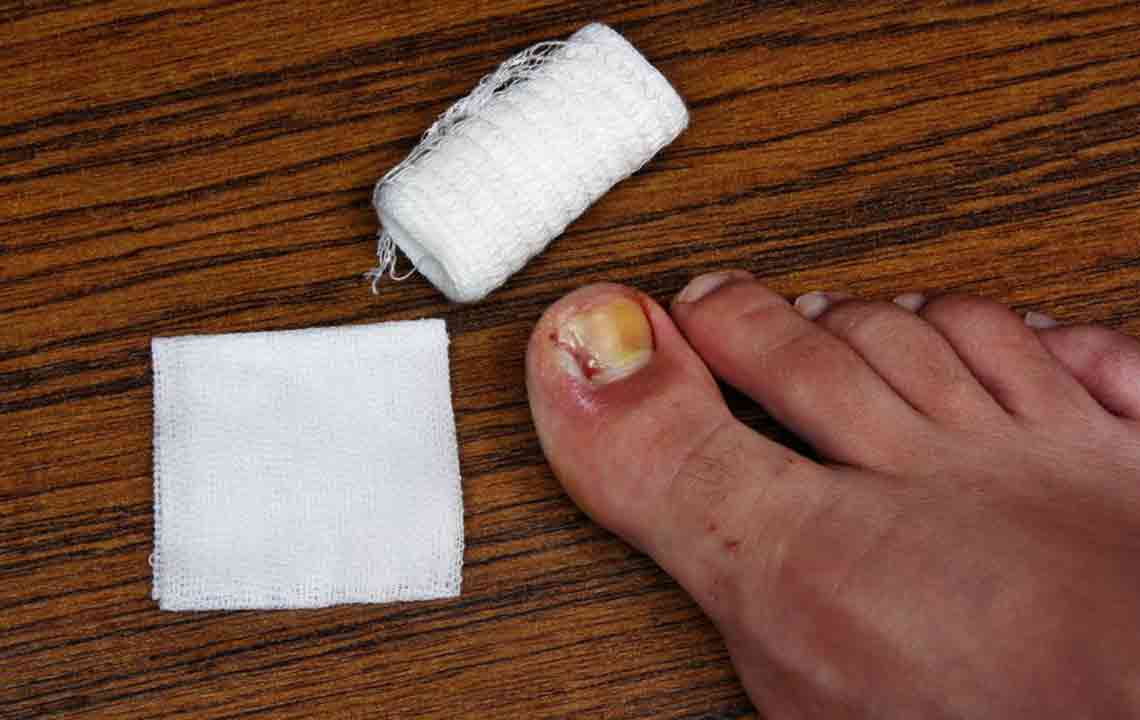Effective Use of Listerine as a Natural Home Remedy for Toenail Fungal Infections
Discover how Listerine mouthwash, initially designed for oral hygiene, can be an affordable and accessible natural remedy for toenail fungal infections. Learn about its antifungal ingredients, proper usage, potential side effects, and whether it works as an effective treatment. This comprehensive guide offers valuable insights into using Listerine safely at home to combat fungal toenails, emphasizing the importance of professional consultation for severe cases.
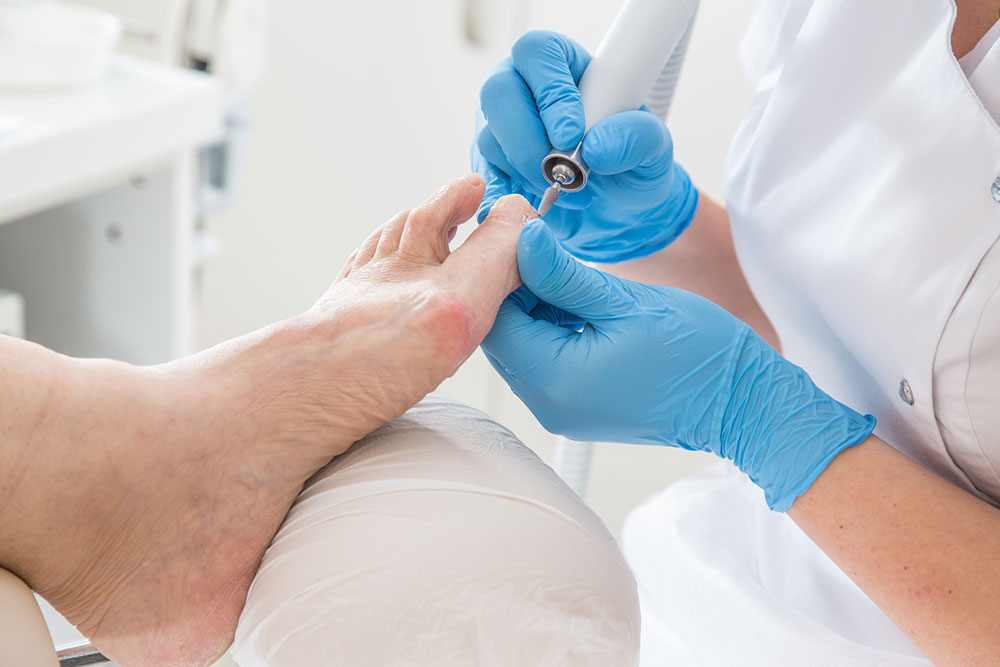
Benefits of Using Listerine for Treating Toenail Fungal Infections Naturally
Toenail fungal infections, medically known as onychomycosis, are common conditions caused primarily by dermatophyte fungi that thrive in warm, moist environments. These fungi penetrate the nail beds, leading to thickened, discolored, brittle, and sometimes painful nails. Conventional medical treatments like antifungal medications, topical creams, and laser therapy are effective but often costly and may require long treatment durations. As a result, many people are exploring affordable and accessible alternatives, such as home remedies. Among these, Listerine mouthwash has gained recognition for its potential antifungal properties, making it a popular choice for individuals seeking natural solutions.
Understanding Listerine: A Brief History and Composition
Founded in 1879 by pioneering surgeon Dr. Joseph Lister, Listerine was initially developed as a surgical antiseptic aimed at reducing infections during and after surgeries. Its antimicrobial properties made it useful for disinfecting wounds and sterilizing surgical tools. Interestingly, in its early days, Listerine was also employed for treating sexually transmitted infections like gonorrhea and was used as a household floor cleaner. However, it wasn’t until the 20th century—particularly during the 1970s—that Listerine became widely popular as a mouthwash for oral hygiene. Today, it is one of the most recognized antiseptic mouthwashes worldwide. Its formulation contains a blend of essential oils, alcohol, and other active ingredients designed to kill bacteria and freshen breath.
Despite its primary marketing as a mouthwash, many people have begun to use Listerine for off-label purposes, including managing toenail fungus. This usage is based on its antiseptic and antifungal properties believed to inhibit fungal growth on nail beds.
How Does Listerine Work Against Toenail Fungus?
The effectiveness of Listerine in combating toenail fungus is primarily attributed to its rich composition of antiseptic agents, which help eliminate bacteria and fungi from affected areas. While it is not officially approved or marketed as an antifungal medication, many users have reported positive results owing to its specific ingredients that possess antifungal and antimicrobial qualities. The key components of Listerine that contribute to its potential antifungal action include:
Thymol: Derived from thyme, thymol boasts powerful antiseptic and anti-inflammatory properties. Rich in vitamins A and C, calcium, and magnesium, thymol helps soothe inflamed skin around the nails and may inhibit fungal growth. Its antimicrobial activity makes it a valuable ingredient for natural fungal treatments.
Eucalyptol: Extracted from eucalyptus leaves, eucalyptol has long been recognized for its antimicrobial and antifungal properties. It helps reduce fungal colonies and fosters a cleaner environment around the affected nails.
Methyl Salicylate: This compound aids in removing dead skin cells and promoting healthy regrowth. It accelerates healing and can make the nail area less hospitable to fungi.
Menthol: Derived from mint oils, menthol offers a cooling sensation and has natural antibacterial and antifungal properties. It can help alleviate discomfort and support fungal eradication.
Because of these potent ingredients, Listerine’s antifungal potential is significant enough to consider as an alternative or complementary treatment for toenail fungus.
Potential Side Effects and Precautions
Although Listerine is generally regarded as safe for external use when applied properly, its usage as a foot soak or topical treatment can lead to some side effects. Common adverse reactions include skin discoloration, such as turning toes a blue or green shade, especially if soaks are prolonged beyond the recommended duration of one hour. Additionally, the high alcohol content in Listerine can dry out the skin, potentially leading to cracks, irritation, and discomfort. These effects are typically temporary and manageable with proper care, such as limiting soak times and moisturizing after treatment. It’s advisable to conduct a patch test before full application to ensure no adverse reactions occur.
Advantages and Disadvantages of Using Listerine for Toenail Fungal Treatment
Many users have experienced varying degrees of success with Listerine as a home remedy for toenail fungus. Here is an overview of its notable benefits and potential drawbacks:
Advantages:
Inexpensive and widely available in most grocery stores and pharmacies
Easy to use—mainly through simple foot soaks or topical application
Contains natural antiseptic ingredients that may inhibit fungal growth
Non-prescription, making it accessible without a doctor's approval
Some users report noticeable improvements over time
Disadvantages:
Lack of extensive scientific research specifically validating its efficacy for fungal infections
Results depend on consistent application and may take several weeks or months to appear
Possible skin discoloration or irritation in sensitive individuals
Not a replacement for prescribed antifungal medications for severe cases
While Listerine is not a guaranteed cure, its affordability and safety profile make it an attractive option for many seeking natural treatments. Nonetheless, consulting a healthcare professional for persistent or severe fungal infections is strongly recommended to ensure proper diagnosis and comprehensive care.
